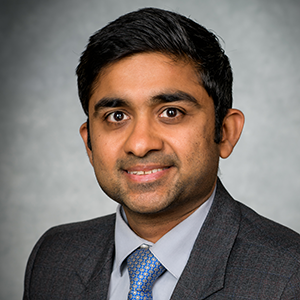Patient-Reported Outcomes and Survivorship in Histiocytic Neoplasms

Gaurav Goyal
MDThe University of Alabama at Birmingham
Project Term: July 1, 2024 - June 30, 2029
Advances in the treatment of Langerhans cell histiocytosis and Erdheim-Chester disease have led to a growing survivor population; however, there is a lack of information regarding the long-term outcomes, healthcare needs, and health-related quality of life in the era of targeted therapies. We propose the creation of a large national cohort of survivors with histiocytosis to address unanswered questions, eventually leading to targeted survivorship programs for this vulnerable population.
Histiocytic neoplasms are rare types of blood cancers that can affect children as well as adults. The two common types of histiocytic neoplasms include Langerhans cell histiocytosis (LCH) and Erdheim-Chester disease (ECD). LCH and ECD can affect any organ system of the body ranging from bones, skin, brain, etc. In the last decade, there have been multiple advances in the field of LCH and ECD, enabling new targeted treatments that can reduce the risk of mortality from these diseases. As a result, there is a growing population of survivors of LCH and ECD. However, due to the rarity of these cancers, there is a lack of studies that can help counsel patients in the clinic about long-term effects of the disease of its treatments. Multiple studies in other blood cancers like leukemia and lymphoma have shown that cancer survivors are at an increased risk of chronic health conditions and long-term mortality resulting from them. However, there are no such data available for LCH or ECD. Moreover, the healthcare needs or quality of life of this population has not been studied. Therefore, there is a critical need to conduct a large study to address these areas of unmet need. In September 2022, we launched the first of its kind Histiocytic Disorder Survivor Study (HDSS) in partnership with two patient support organizations – Histiocytosis Association and ECD Global Alliance- who harbor the largest registries consisting of ~3,000 patients with LCH and ~430 with ECD, respectively. The study participants are asked to complete a survey capturing details of health conditions and visits to hospitals and clinics. In parallel, we started surveying patients with LCH and ECD in our histiocytosis clinic to assess health-related quality of life to assess whether there is any improvement with treatments and identify those who are at highest risk of health problems. Therefore, our overall research program captures various aspects of health of the survivors of LCH and ECD. We anticipate that the results from our study will help develop guidelines to counsel patients in clinic about what to expect in the long-term, what tests to undertake for monitoring of the disease, and define the risk factors that can cause late health problems. Eventually, our results will lead to a survivorship program for individuals with LCH and ECD, with interventions targeted toward reducing long-term complications and improve quality of life.